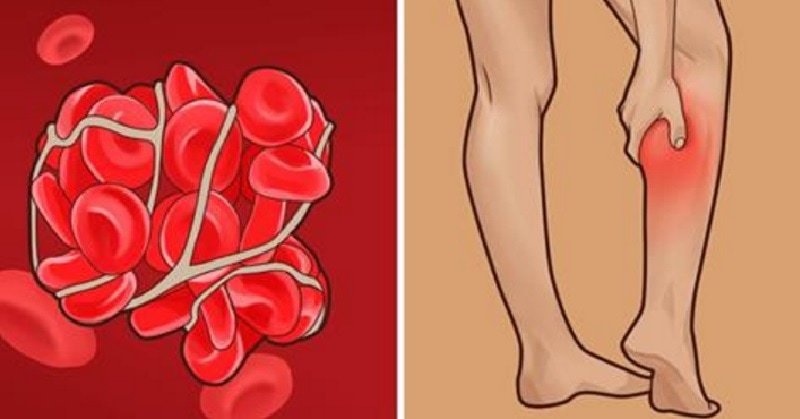'A blood clot can be a very serious complication following orthopedic surgery. A patient’s highest risk is from two to ten days after surgery. You can remain at risk for up to three months. The danger in this is that many patients are discharged during the period of time blood clots can form following an operation. Knowing what to look for and remaining aware is a patient's best defense of blood clots following surgery.
Deep vein thrombosis (DVT) is the most common type of clot that an orthopaedic surgical patient is at increased risk for. This condition refers to the formation of blood clots in deep veins in your body such as your legs, arms, or pelvis.
While there is always some risk of blood clots (especially after knee or hip replacement surgery), this dangerous condition can sometimes be prevented by disclosing all truths to your doctor before and recognizing the symptoms the moment they start to develop.
Before we talk about the symptoms of blood clots, let’s talk about those who are at higher risk after surgery. These include those who:
· have a BMI over 40 (which is considered obese),
· have a previous history of blood clots,
· smoke, and/or
· are currently undergoing treatment for another serious disease like cancer.
There are other potential risk factors. One is if you have a family history of blood clots, you likely do too. Tell your orthopaedic surgeon if this is true of your family. Also, taking hormonal supplements can increase the risk of blood clots following surgery. Let the doctor know if you are currently taking birth control or any other hormonal pills. Again, a best strategy for avoid risks of surgery is to work together with your orthopaedic care team before any procedure. Full disclosure of any conditions or habits that you have will lessen your risk for side effects like blood clots.
Now, let’s discuss the symptoms.
For days and weeks following surgery, you will probably have swelling. If you have swelling in just a single leg and the area is very tight, painful and warm, that is a symptom of a blood clot. It is generally very painful. If you recognize this symptom, seek medical help immediately because if it is a blood clot, it will only get worse.
Other signs of a blood clot include constant pain or tenderness…kind of like a cramp or a Charleyhorse. And, reddish or bluish skin discoloration is another symptom of clotting that should be looked at immediately by a doctor. These are the most common symptoms that patients should be aware of.
Blood clots are dangerous in that they restrict blood flow. But, more, they can cause stroke or even be deadly because they can travel to more vital parts of the body, such as the heart, lungs or brain. It is important to know your symptoms and risks of blood clots following orthopaedic surgery. That is why Ortho El Paso publishes these blogs for your awareness and education.
To seek consultation for an orthopaedic condition you want treated and be provided the best explanation of risks and expectations, call Ortho El Paso at 915-249-4000. To learn more about our practice, visit www.orthoep.com.









